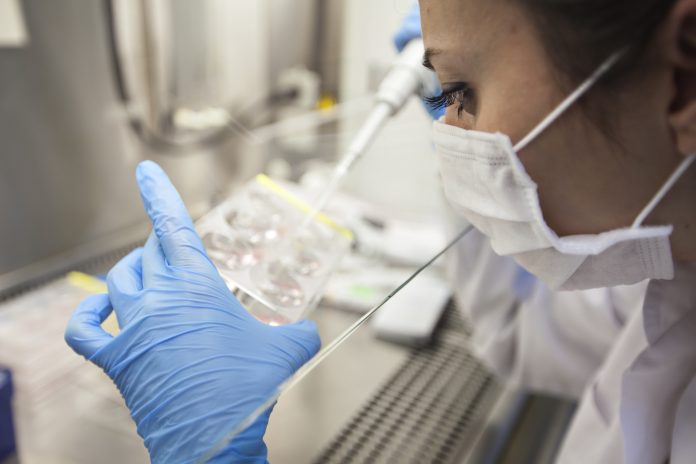Researchers from the University of Copenhagen have made a discovery that could revolutionise fertility treatments
In a recent study on mice, scientists identified a versatile and regenerative stem cell in early embryos, which might hold the key to more effective fertility solutions.
Fertility process
The process of pregnancy is inherently complex. It starts with a sperm cell fertilising an egg in the fallopian tube. This fertilised egg then divides and, after about five days, becomes a blastocyst, eventually developing into a fetus.
However, for some couples, achieving fertility is becoming increasingly difficult due to various factors affecting sperm or egg quality, as well as challenges related to embryo implantation.
In Denmark, fertility treatments are becoming more common, with one out of every eight pregnancies now involving some form of assistance. Despite this, the success rate for fertility treatments remains relatively low, standing at around 20-30 percent depending on the woman’s age and fertility status. This new discovery by University of Copenhagen researchers could create more successful treatments in the future.
Independently recreating embryos
The focus of the study was on cells in the mouse embryo known as the primitive endoderm, or hypoblast. PhD student and first author Madeleine Linneberg-Agerholm explained, “We are looking at cells in the mouse embryo called the primitive endoderm, also known as the hypoblast. We found these cells were unique and could generate an embryo on their own.”
Typically, the primitive endoderm provides nutrition and support for a developing embryo. But when isolated, these cells demonstrated the ability to recreate an embryo independently.
The researchers also discovered that stem cells from the primitive endoderm, when grown in a laboratory setting, efficiently formed “stem cell-based embryo models,” known as blastoids. These models could become crucial tools for developing new drugs aimed at improving IVF outcomes.
Professor Joshua Brickman, senior author of the study, highlighted the potential impact of this discovery. “This could be particularly important for improving current treatments for infertility, as plasticity and robustness may be the secret to enabling embryos to survive the abnormal environmental conditions found in the laboratory and in the process of transfer to the mother.”
Although the study was conducted on mice, the researchers are already exploring similar research on human stem cells. They found that during the final step of blastocyst development, the primitive endoderm, even when isolated, “remembers” how to create an embryo. This memory is maintained by transcription factors that sit on DNA at important regulatory sequences, acting like bookmarks. These bookmarks serve as reminders of the instructions needed to create other cell types if needed.











